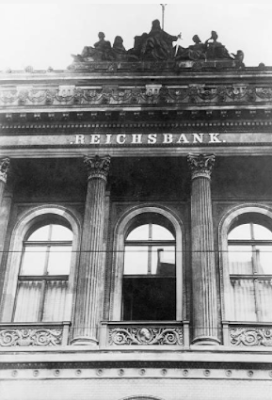First, unlike ISLM analysis, the graphics in Figure 3.7 do not include a market for money. Neither the money supply nor money demand are explicitly represented. Both in reality and in our analysis of it, money has no market of its own. Understanding the broadest implications of this truth sets the research agenda for monetary disequilibrium theory, which we take up in Chapter 11. Austrians, too, recognize the uniqueness of money in this respect. With trivial exceptions, money appears on one side of every exchange. Money, by definition, is the medium of exchange. But neither the transactions demand for money, as embedded in the classical equation of exchange, nor the speculative demand for money, as conceived by Keynes, make a direct appearance in the Austrian-oriented construction. Consistent with Hayek’s understanding, capital-based macroeconomics treats money as a “loose joint” in the economic system. As Hayek ([1935] 1967: 127) indicated early on, “the task of monetary theory [is] nothing less than to cover a second time the whole field which is treated by pure theory under the assumption of barter.” The three-quadrant construction in Figure 3.7 can be taken to depict, if not actually a barter system, a tight-jointed system. That is, money is assumed to allow market participants to avoid the inefficiencies of barter – without introducing any inefficiencies of its own. So interpreted, the interrelationships shown in Figure 3.7 belong to the realm of pure theory.
—Roger W. Garrison, Time and Money: The Macroeconomics of Capital Structure, Foundations of the Market Economy (London: Routledge, 2002), 51-52.






